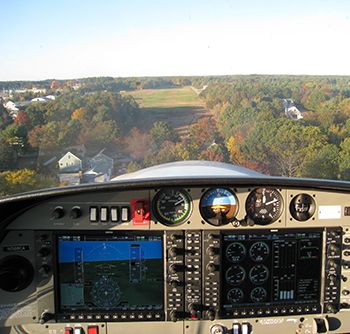Subscriber question:
"How much can I trust the performance numbers in the aircraft POH? Is a safety margin beyond those numbers really necessary?" — Mark P.
Bob:
 “The Pilot Operating Handbook performance figures for landing and takeoff were provided and confirmed by the marketing department and test pilot for the aircraft company building your airplane, and as a result, need to be increased for safety margins.
“The Pilot Operating Handbook performance figures for landing and takeoff were provided and confirmed by the marketing department and test pilot for the aircraft company building your airplane, and as a result, need to be increased for safety margins.
Important considerations include aircraft condition (engine, tires, propeller, etc.), runway contamination, runway gradient, wind and consistency of the wind, and the effects of humidity on performance.
An additional consideration is pilot skill and the ability to hit the recommended airspeed numbers.
With excellent pilot skills, well-practiced and a known (good running) airplane, I personally would not recommend attempting a takeoff over an obstacle with less than a 25-percent extra safety margin, at a minimum. The considerations above could easily increase this margin to 50 percent (or more).
It is also important to understand how temperature and pressure altitude, which really constitutes density altitude, how this affects (aircraft) performance. Check your Pilot Operating Handbook (and further adjust as needed).”
Do you add any safety margin to the takeoff and landing performance numbers in your POH?
